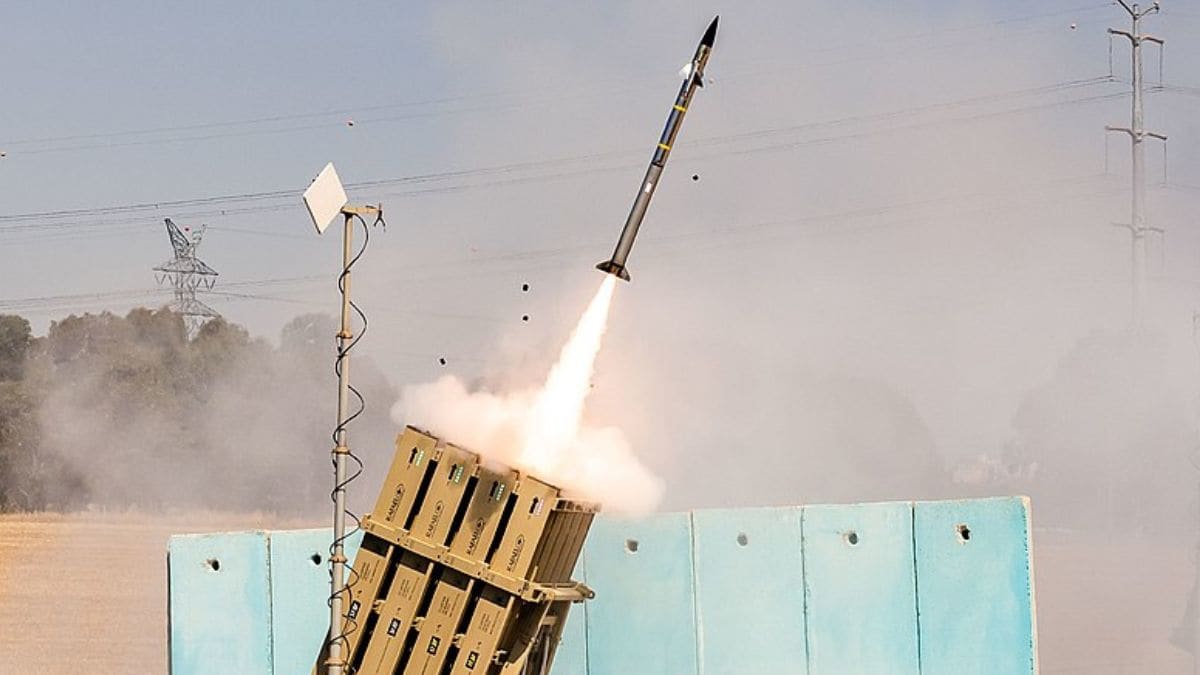Introduction
The ongoing tensions between Iran and Israel have escalated dramatically, pushing both nations to the brink of war. Recently, reports disclosed that Iran launched a significant attack involving approximately 181 missiles and drones targeted at Israel. Fortunately for Israel, their advanced air defense systems, notably the Iron Dome, mitigated substantial damage during the assault. This situation highlights not only the capabilities of the Iron Dome but also the various other sophisticated air defense systems that Israel has developed to protect itself from aerial threats.
Israel’s Air Defense Systems
While the Iron Dome is the most recognized air defense system globally, Israel boasts a multi-layered defense strategy that includes several advanced systems designed to address different types of aerial threats from various ranges. Here’s a closer look at these defense systems and how they function.
1. Iron Dome
The Iron Dome is designed to intercept short-range threats, including rockets, drones, mortars, and artillery shells. It operates effectively at distances ranging from 4 to 70 kilometers. The system has gained immense popularity and recognition due to its real-time capabilities and success rate in neutralizing threats aimed at populated areas. The Iron Dome consists of several batteries scattered across Israel, with each battery containing three to four launchers, and each launcher is equipped with 20 interceptor missiles.
2. David’s Sling
Another critical component of Israel’s air defense is the David’s Sling system, which specializes in neutralizing medium to long-range threats. It can effectively intercept long-range rockets, ballistic missiles, and cruise missiles at distances of up to 300 kilometers. David’s Sling serves as a crucial complement to the Iron Dome, providing broader coverage against more sophisticated attacks.
3. Arrow System
The Arrow defense system consists of Arrow 2 and Arrow 3 components, which are capable of intercepting ballistic missiles from vast distances, boasting a range of up to 2,400 kilometers. These systems play a significant role in Israel’s defense strategy, offering protection against long-range missile threats, including those capable of carrying strategic payloads.
Operational Mechanism of the Iron Dome
The Iron Dome operates through a sophisticated mechanism that ensures effective interception of imminent threats. When an incoming missile is detected, the built-in radar system tracks its trajectory. The system then calculates the projected impact point to determine whether the missile poses a risk to populated areas. If deemed necessary, the Iron Dome launches its interceptor missiles to neutralize the threat in mid-air, thereby preventing any possible damage or casualties on the ground.
Comparison of Israel’s Air Defense Systems
| Defense System | Type of Threat Intercepted | Effective Range |
|---|---|---|
| Iron Dome | Short-range missiles, Drones, Mortars | 4 to 70 km |
| David’s Sling | Long-range rockets, Cruise missiles, Ballistic missiles | Up to 300 km |
| Arrow System (Arrow 2 & Arrow 3) | Ballistic missiles | Up to 2400 km |
Conclusion
Israel’s comprehensive air defense strategy is vital for its national security amidst increasing threats. The synergy between the Iron Dome, David’s Sling, and Arrow systems symbolizes a robust defense architecture capable of addressing various aerial threats. Understanding how these systems work not only sheds light on Israel’s strategic military capabilities but also emphasizes the importance of advanced technology in modern warfare.









